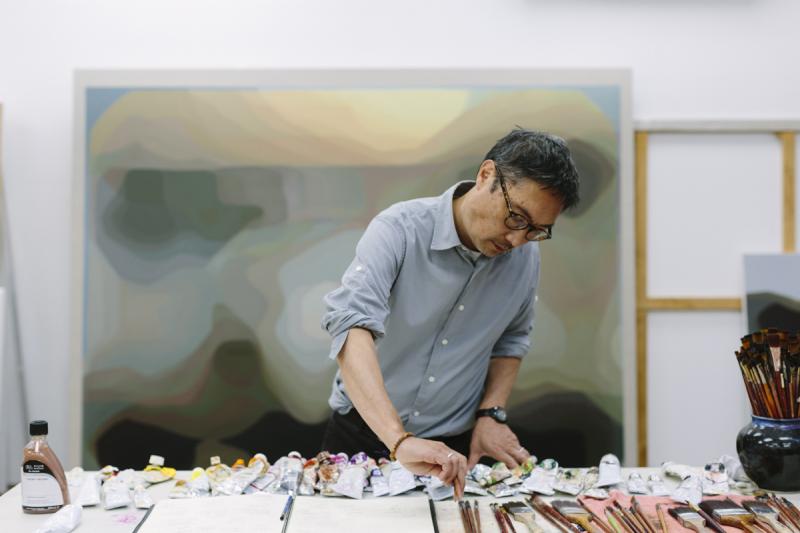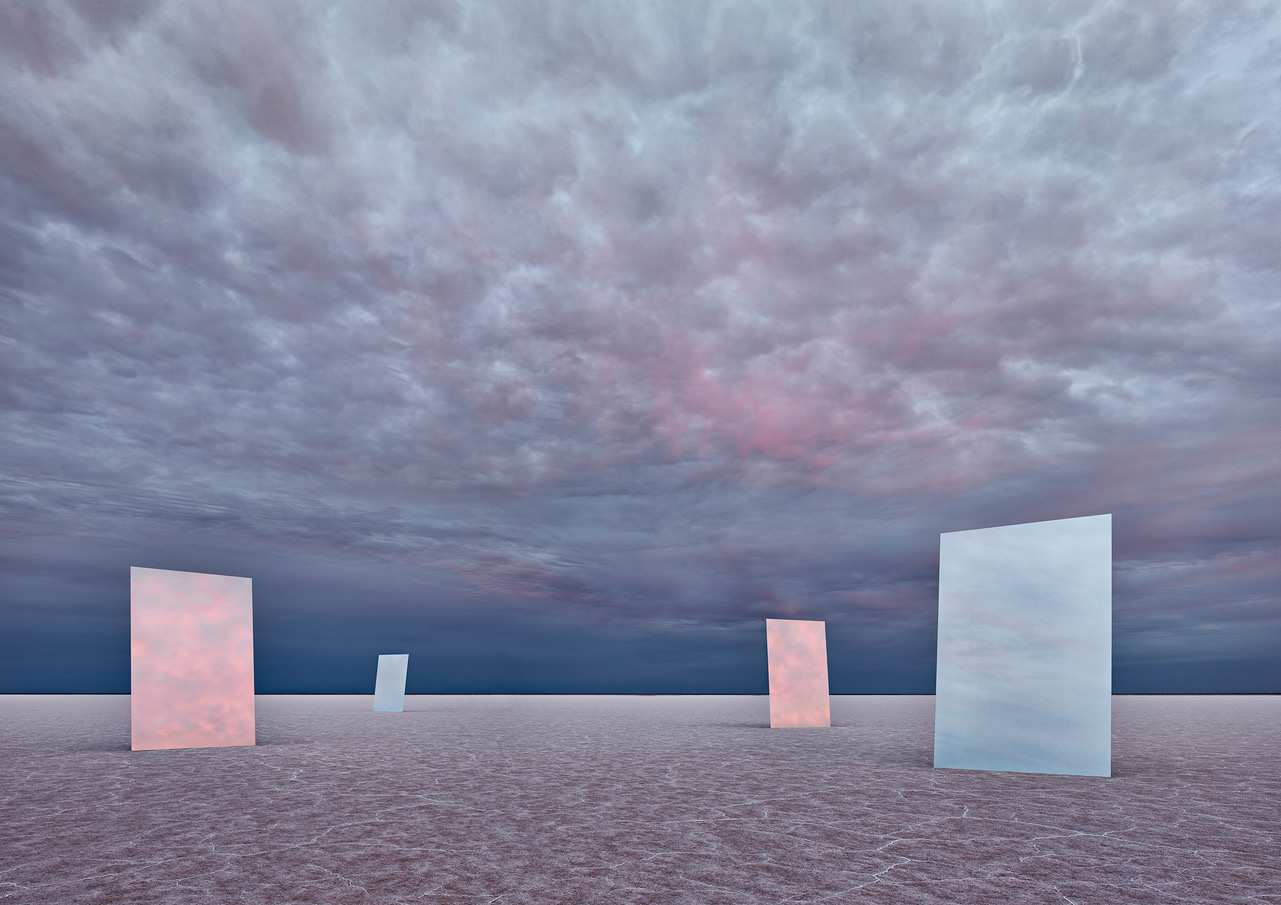ARC ONE is delighted to present the sacredness of something, the latest solo exhibition by New York-based artist Sam Shmith.
One possible description of life in the era of digital capitalism is an unwitting, machine-driven conspiracy against the act of concentration. As ever smaller fractions of our attention become monetised, the competition for them increases in speed and aggression. And as ever subtler means are employed to win those fractions from us, our capacity to even discern what it is we are paying attention to is frequently overwhelmed. In this onslaught of distraction, we either try to will our brains to operate at digital speeds or shut down and dissociate. Most of us do some of both. Lost in the space between these two reactions is the environment of mind that permits us to focus and to reflect and to feel.
One possible description of Sam Shmith’s artworks is as the distillation of a sustained effort, despite these forces, to focus and reflect. As such, they are a means for us to do the same. To slow our minds to the point of seeing rather than just looking. To neither consume in haste nor fall asleep, but instead be awake and open and newly alive to the old experience of wonder. This is no small accomplishment.
the sacredness of something... is a selection of large-format works on paper from the last three years of Shmith’s work. One imperfect way of categorising them is to distinguish between what we might call the transit images and the scale images. The former, which constitute the plurality of this exhibit, are a kind of hybrid of landscape and figure. Passengers on what appear to be commuter trains are captured in refections on the glass of the windows they sit opposite. While these figures are the centres of visual gravity, the place our eye is eventually drawn, their almost ghost-like figures are subsumed in the much larger field of the passing landscape seen out through the window of the moving train and the play of light it creates on the glass. Foreground, figure, and background are less defined spaces than the slightly blurred layering of all three in motion. The seemingly mundane subject of a commute is rendered existential.
The scale images, on the other hand, are of massive distant landscapes—a city from above, the sky, the stars—as seen through the minute detail of filters very close to the eye: the plastic of an airplane window or a simple sheet of glass. While there are no human figures in these works there is a strong sense of the implied human viewer, the person glimpsing vastness through the grain of the vanishingly small. The play here is precisely this shifting back and forth that the images produce in us between the scale of the infinite and the scale of that which is so close to us it is almost invisible. The pictures imply that there is a relationship, an interconnectedness between these two registers that we are habitually missing. And so instead of being conventional images of grand vistas that suggest wonder without the power any longer to produce it, these pictures manage to capture the mind itself in the process of looking. And this, almost miraculously, returns our wonder at the scale of the world back to us from beneath the clichés under which it has been buried.
- Adam Haslett,
Images of the Mind (excerpt), 2019
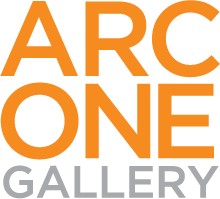




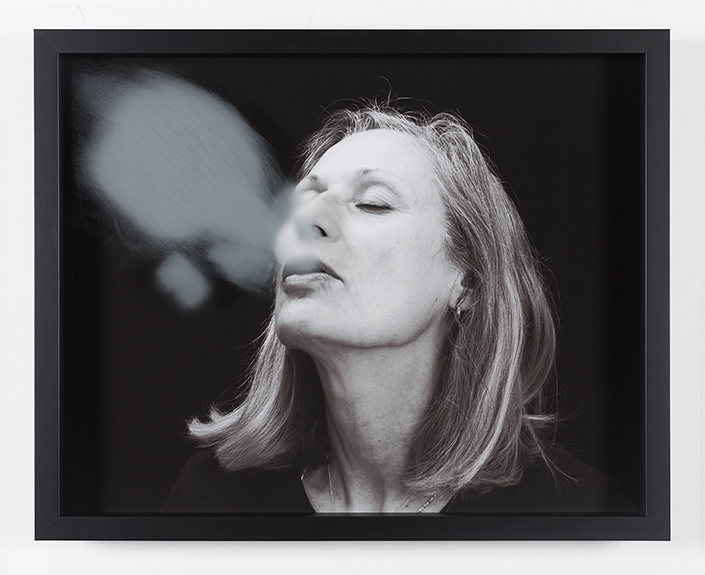
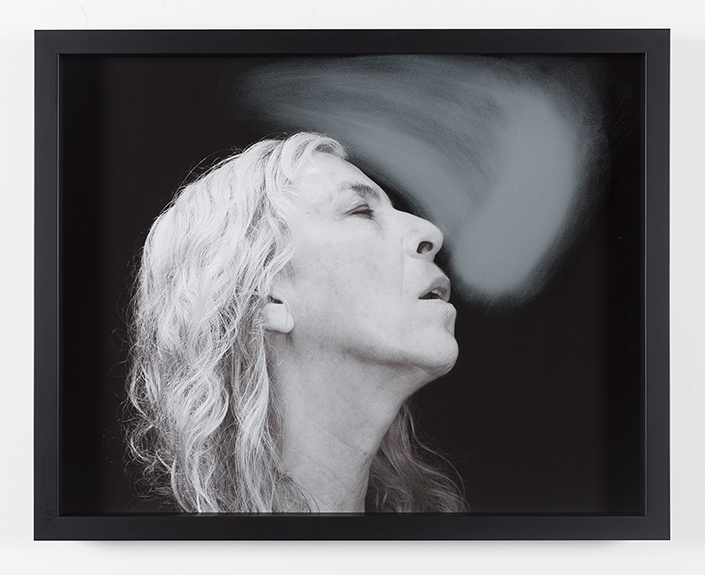

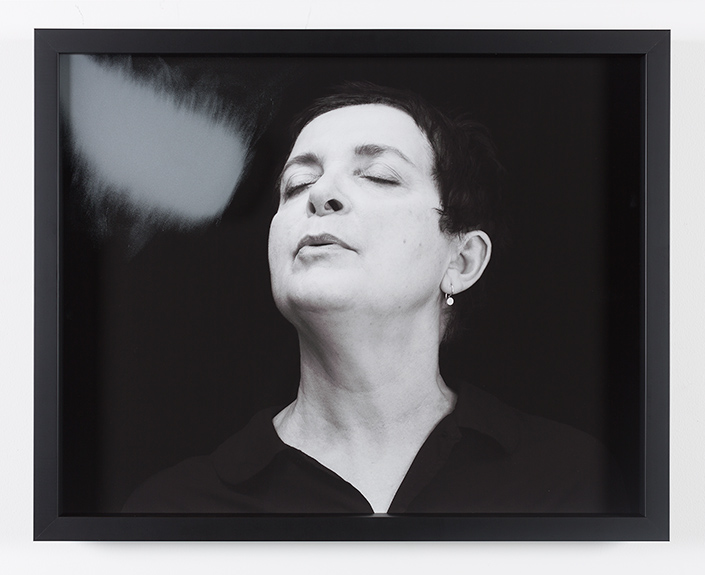

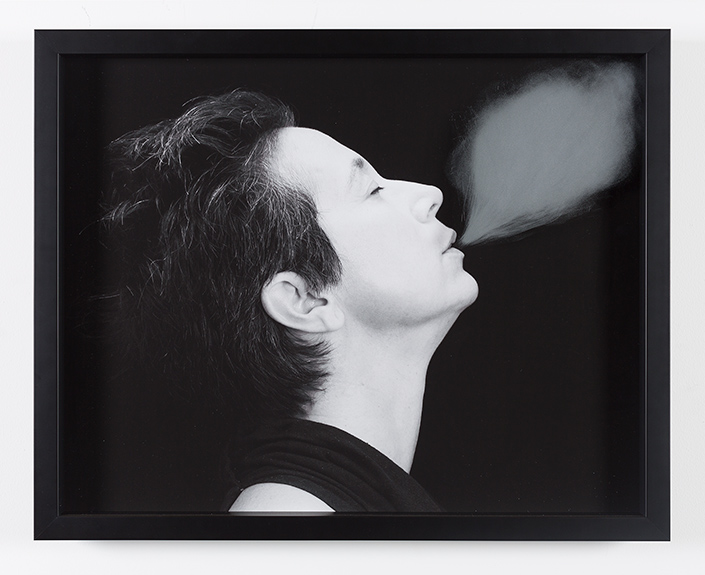

![Maria Fernanda Cardoso, On the Origins of Art I-II [film still], single channel HD video, hyper realistic sound with tactile dimension, 6:54sec loop](https://images.squarespace-cdn.com/content/v1/54012345e4b0f72d40b6c44e/1561610831287-T75JBP56SS50DFP7LBHO/Cardoso_On+the+Origins+of+Art+I_ARC+ONE.jpg)
